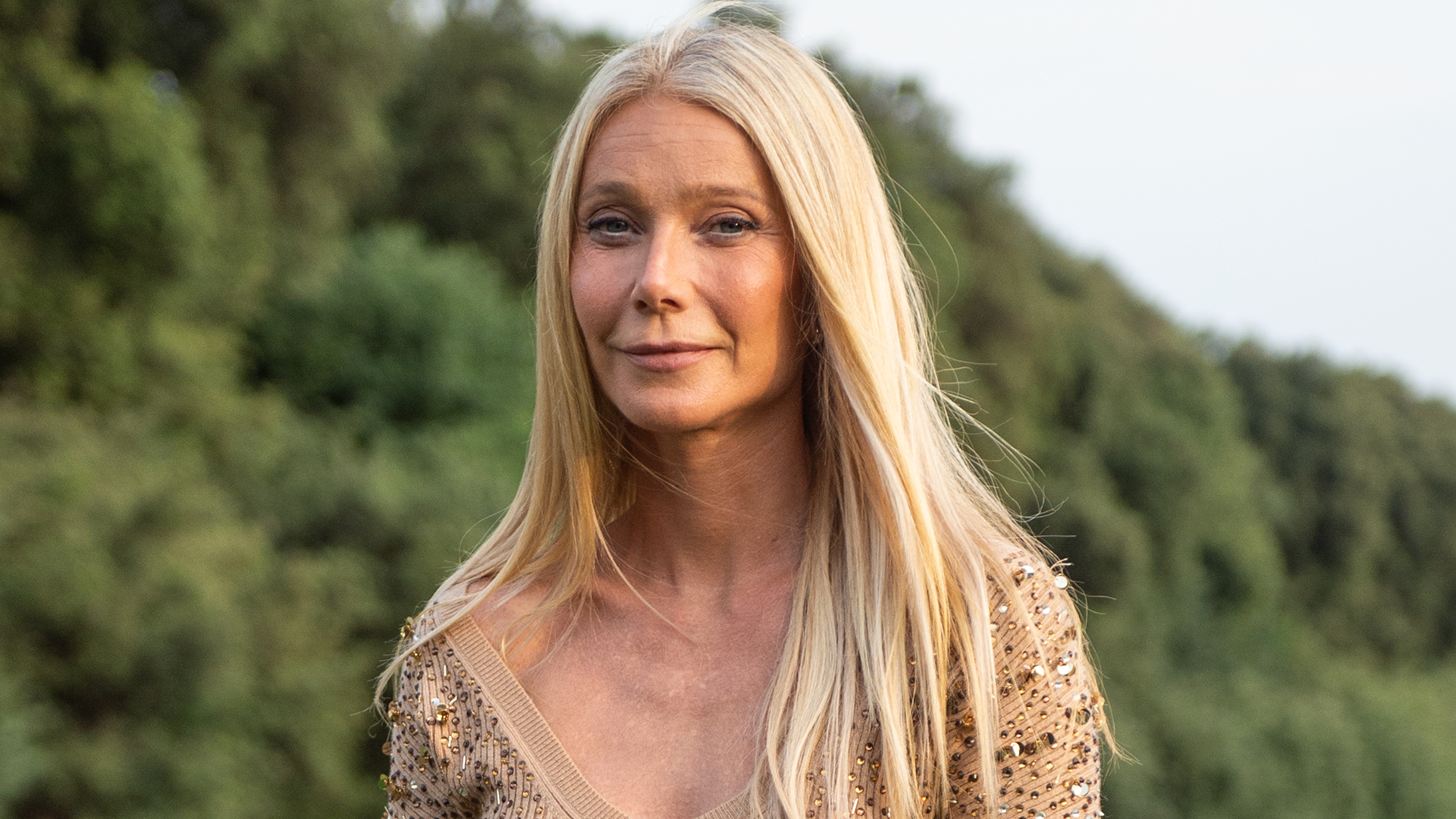Samuel Guì Yang and his partner Erik Litzén hosted their AW25 show at a home in a residential neighborhood in Shanghai on the last day of the collections. They returned to SHFW a year ago since before the pandemic, finding remarkable momentum due to the local industry and market’s warm reception. What made theirs a standout presentation was both Yang’s ability to add a runway gloss to his easy ready-to-wear and his ownership of New Chinese Style, a key trend in the market that has proven to hold staying power.
New names build their identity
While certain brands like Shushu/Tong and Jacques Wei continue to scale internationally, SHFW is working hard to help other independent labels weather the economic storm, while preparing them to return to, or step onto the international stage.
Jingwei Yin of Oude Waag is one of the more promising young talents on the SHFW schedule, with a unique point of view that feels refreshing, while still remaining commercially viable. Launched in 2018, the brand known for its draped constructions and dramatic cutout silhouettes is slowly scaling internationally, with stockists including H.Lorenzo, Joyce Hong Kong and Selfridges (the latter picked up the label for pre-fall 2025 and placed a second order this season).
Ten-year-old label Staff Only will show on 7 April, after Shanghai Fashion Week, to align with the release of a large-scale Ugg collaboration, now in its fifth edition. It’s also part of the brand’s plan to diversify revenues beyond clothing. “The market has been very challenging, so we’ve tried to make some adjustments to our business [model],” says Cheng. The Ugg collaboration stretches far beyond product, and increasingly Staff Only works with international brands on campaign conception, events, set design and more. “We were inspired by our partners. We started working with them on things like store design and talent [suggestions] and realised we have more [to give].”
While there were fewer new names on schedule this season versus previous seasons, fledgling brand Yayi showed for the third time for AW25. And designer Joyce Bao, based between New York and Shanghai, was a highlight from the Lab showroom, creating delicate, whimsical pieces with an East meets West feel.
As Shanghai slowly regains its strength, perhaps next season we can look forward to a growing roster of brands, and a richer show schedule alongside the strong showrooms. As Chinese fashion spending slowly recovers, organisers hope the tide will continue to turn.
Comments, questions or feedback? Email us at feedback@voguebusiness.com.
4 Chinese consumer trends to note, according to Shanghai’s most established brands
How Labelhood founder Tasha Liu changed the global face of Chinese fashion


